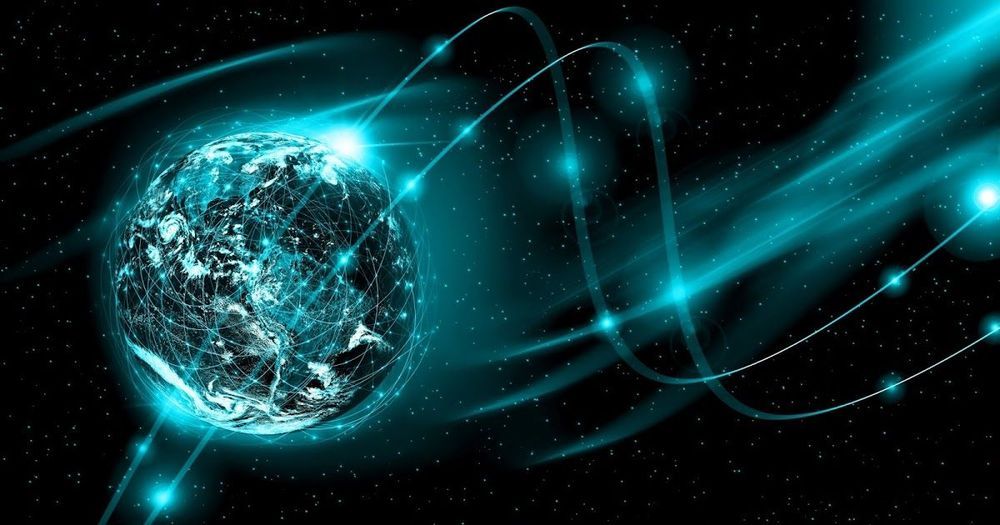“A neuron in the human brain can never equate the human mind, but this analogy doesn’t hold true for a digital mind, by virtue of its mathematical structure, it may – through evolutionary progression and provided there are no insurmountable evolvability constraints – transcend to the higher-order Syntellect. A mind is a web of patterns fully integrated as a coherent intelligent system; it is a self-generating, self-reflective, self-governing network of sentient components… that evolves, as a rule, by propagating through dimensionality and ascension to ever-higher hierarchical levels of emergent complexity. In this book, the Syntellect emergence is hypothesized to be the next meta-system transition, developmental stage for the human mind – becoming one global mind – that would constitute the quintessence of the looming Cybernetic Singularity.” –Alex M. Vikoulov, The Syntellect Hypothesis https://www.ecstadelic.net/e_news/gearing-for-the-2020-visio…ss-release
#SyntellectHypothesis
Ecstadelic Media Group releases the new 2020 expanded edition of The Syntellect Hypothesis: Five Paradigms of the Mind’s Evolution by Alex M. Vikoulov as eBook and Paperback (Press Release, San Francisco, CA, USA, January 15, 2020 10.20 AM PST)

Named “The Book of the Year” by futurists and academics alike in 2019 and maintaining high rankings in Amazon charts in Cybernetics, Physics of Time, Phenomenology, and Phenomenological Philosophy, it has now been released as The 2020 Expanded New Deluxe Edition (2020e) in eBook and paperback versions. In one volume, the author covers it all: from quantum physics to your experiential reality, from the Big Bang to the Omega Point, from the ‘flow state’ to psychedelics, from ‘Lucy’ to the looming Cybernetic Singularity, from natural algorithms to the operating system of your mind, from geo-engineering to nanotechnology, from anti-aging to immortality technologies, from oligopoly capitalism to Star-Trekonomics, from the Matrix to Universal Mind, from Homo sapiens to Holo syntellectus.



